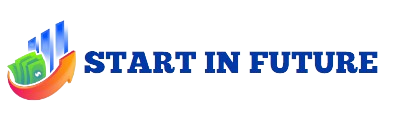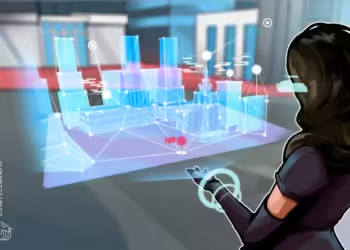Decentralized Finance (DeFi) and Non-Fungible Tokens (NFTs) have emerged as two ground-breaking pillars within the blockchain realm. These two innovations have revolutionized traditional finance and transformed how we perceive and exchange digital assets. The synergy between decentralized finance and non-fungible tokens (NFTs) has become increasingly apparent as both ecosystems develop, resulting in new avenues for artistic expression, investment, and innovation.
The Unleash of DeFi
The ecosystem of financial services based on blockchain technology is called decentralized finance, sometimes abbreviated as DeFi. The fundamental goal of this ecosystem is to replicate existing economic systems without the need for intermediaries. Decentralized finance protocols make it possible for users to borrow, lend, trade, and earn interest on their cryptocurrency assets in an environment that is both permissionless and trustless.
Essential Elements of DeFi:

Decentralized Exchanges (DEXs): Platforms such as Uniswap, SushiSwap, and PancakeSwap enable users to trade a variety of cryptocurrencies without the requirement for a centralized authority to facilitate the transaction.
Platforms for Lending and Borrowing: Decentralized finance lending protocols, such as Aave and Compound, allow users to lend their assets and earn interest on them, or they can borrow against their cryptocurrency holdings.
Yield Farming: Users can stake or offer liquidity to decentralized protocols, and in return, they can earn more tokens. This creates a novel kind of investment that is known as yield farming.
Cryptocurrencies and Digital Ownership
NFTs, non-fungible tokens, are one-of-a-kind digital assets, meaning they cannot be duplicated or divided. An entirely new paradigm for the ownership and monetization of digital property has emerged due to the tremendous attention that Decentralized Finance (DeFi) and Non-Fungible Tokens (NFTs)have received for potential applications in digital art, music, virtual real estate, and other areas.
Critical Aspects of the NFT
Digital Art and Collectibles: Platforms such as OpenSea, Rarible, and Mintable make it possible to create, sell, and trade digital art and collectables as non-fungible tokens (NFTs).
Users canll, and create virtual properties through the use s such as Decentraland and Cryptovoxels, which are examples of virtual real estate. Non-fungible tokens have expanded into virtual worlds.
Traditional assets can be brought into blockchain technology by tokenizing real-world assets. Non-fungible tokens (NFTs) can represent ownership of real-world assets such as real estate, luxury products, or even shares in a firm.
The Point of Convergence Between DeFi and NFTs

Decentralized finance systems frequently demand collateral in exchange for loans. And non-fungible tokens (NFTs) can be used as one-of-a-kind and valuable collateral. Within the framework of DeFi protocols. This intersection makes it possible for users to leverage their NFT assets for liquidity.
Platforms combining DeFi and NFTs: Several platforms, such as Aavegotchi, fluidly connect DeFi and NFTs. These platforms enable users to stake NFTs to receive yield or use them as collateral.
Loans backed by NFTs: The growing practice of using NFTs as collateral for loans enables owners. To release cash without liquidating their digital assets.
Cross-Platform Integrations: DecenDecentralizednce (DeFi) and non-fungible token (NFT) platforms interact progressively. Building interoperable ecosystems and improving both platforms’ usefulness and value.
The Obstacles and Prospects for the Future
The partnership between DeFi and NFTs presents several exciting potentials. Nevertheless, several obstacles still need to be addressed, including scalability, regulatory considerations, and user education. On the other hand, the continued development and the growing clarity of regulatory requirements. Point to a bright future for these linked ecosystems.
Conclusion
In the progression of blockchain technology, the merger of decendecentralizednce with non-fungible tokens represents a crucial milestone. Through their collaborative efforts, they are transforming the financial sector, empowering innovators, and establishing a new era of digital ownership. The potential for innovation, collaboration, and disruption across industries remains boundless as different ecosystems continue interweaving. This promises a vibrant future for decendecentralizednce and non-fungible currencies.



















